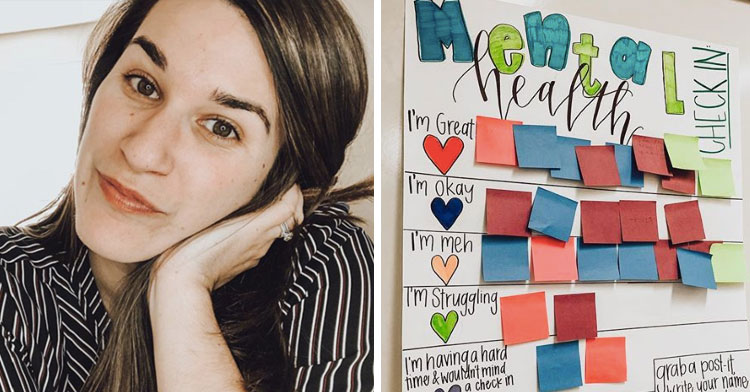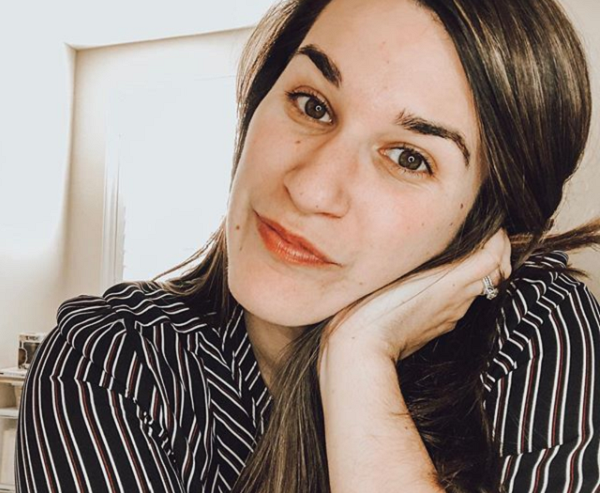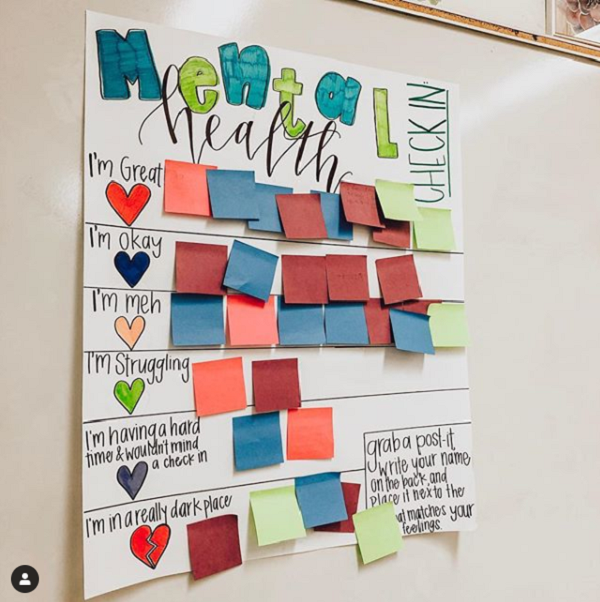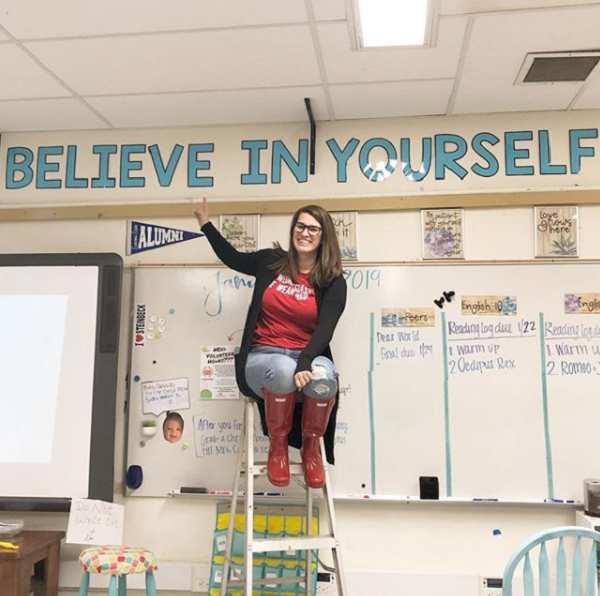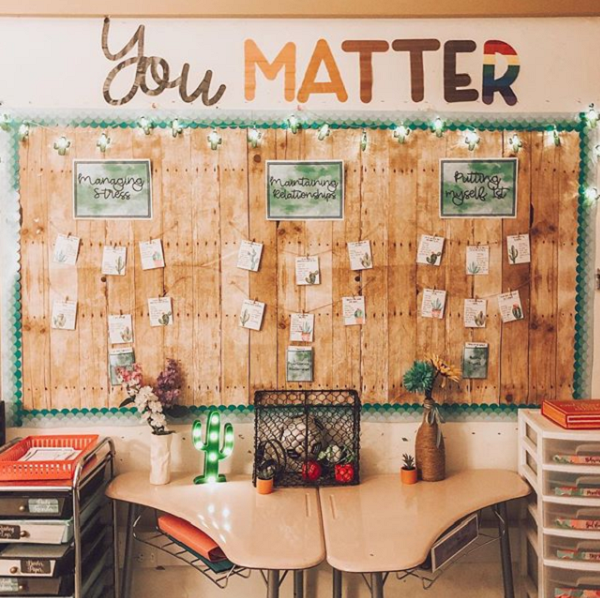Until recently, mental health issues have been largely ignored in our society.
Many people are embarrassed to admit that their mental health is an issue, yet the more we learn the more we realize that mental health should be given the same amount of care and consideration as physical health. In an effort to educate America’s youth about the dangers of ignoring their mental health, teacher Erin Castillo has found an innovative way to check in with her teenage students.
Erin is an English teacher and peer counseling teacher at John F. Kennedy High School in Fremont, California. She routinely makes checking in with her student’s a part of her curriculum, and when she saw a mental health chart another teacher shared online, she decided to make one of her own.
“Mental Health Check-In” says the brightly-colored poster Erin hung in her classroom. The chart contains a list of feelings ranging from”I’m great,” to “I’m struggling.” The chart even has categories like, “I’m having a hard time and wouldn’t mind a check in” or “I’m in a really dark place.”
When students enter Erin’s classroom they’re encouraged to write their name on the back of a post-it and place it next to the statement that matches their mood that day. Erin’s goal is to give students a green light to come speak to her or other counselors in the school to help cope with the ups and downs of their mental health.
“I’ve had a lot of students in the last five years of my career that have struggled with self-confidence, self-doubt, image, had suicidal thoughts, attempted suicide and, after seeing all that, I’ve been making it a theme in my classroom and trying to check in with them,” she said.
Experts like Dr. Stephanie Samar, a clinical psychologist at the Mood Disorders Center of the Child Mind Institute and certified school psychologist, think Erin’s chart is a great start towards helping young people learn to cope. “In a way it’s destigmatizing by having the adults say, ‘It’s OK to be struggling. We’re here for you,'” said Dr. Samar. “It gives the checks and balances that everyone isn’t fine all the time – the way that social media and YouTube and all these platforms make it seem. Seeing their classmates having good days and bad days really taps into what reality is.”
Dr. Samar added that teens have a difficult time asking for help, so the chart provides an easy way to express themselves without coming right out and asking an adult to intervene.
After Erin shared a picture of her chart on Instagram the idea took off. She’s now being tagged by teachers all over the globe who are following her lead and making check in charts of their own. She’s even created a downloadable poster to get other educators started in this important intervention.
“I never expected it to get beyond my following,” admits Erin. “To see this being used in multiple countries around the world, having [teachers] reach out from New Zealand and Africa…to hear actual stories of people helping their students, I’m really overwhelmed with joy.”
“If it can help one student, then it’d be better than where we’re at now,” Erin said. “I hope it gets to a place where we can talk about our struggles openly and our mental health. This looks like a step in the right direction.”
It certainly does! With teachers like Erin on the front lines it’s only a matter of time before the public misconceptions around mental health are a thing of the past. It takes incredible strength to ask for help; hopefully more kids will find that strength knowing that their dedicated teachers have their backs.
You can download her poster here.
Please share this story to encourage more teachers to use Erin’s groundbreaking check in chart.
Share your story & inspire the world.
If you have an uplifting story we would love to hear about it! Share it with us here.


